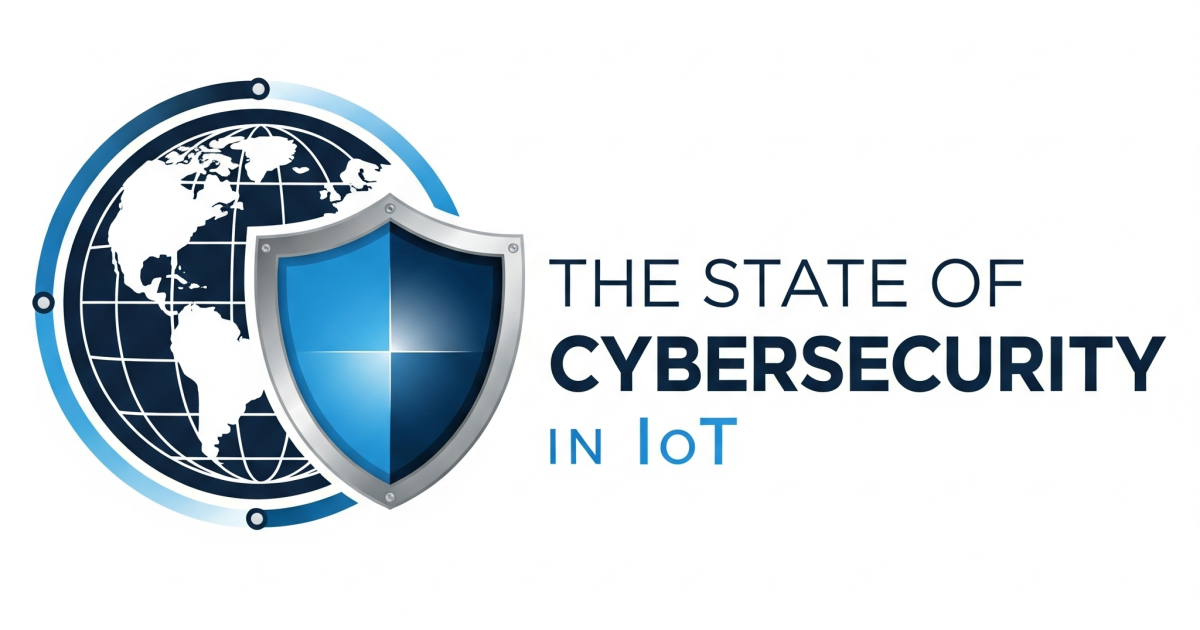Note: This is an excerpt from “Investing in Patents,” by Krajec, available on Amazon in paperback and Kindle.
Most people do not realize that there is an extensive, highly developed secondary market for patents. This market runs under the radar for the most part, with occasional news stories about so-called “patent trolls”. However, it is very sophisticated, well financed, and trades tens of billions of dollars of patent assets every year.
The hottest patents in the secondary market are IoT patents.
IoT technologies cross over many different fields, from networking and communications to SaaS, mobile technologies, sensor technologies, and on and on. Any product in the IoT space is likely to touch on many preexisting technologies, some of which may be patented.
Contrary to popular belief, the primary use of patents is not to litigate, but to license, and specifically to cross license. Patents are trading cards that companies use to gain access to another company’s technology. One company cross licenses its patents with another company, and this allows both companies access to each other’s technologies. Apple and Microsoft have a longstanding cross license agreement from when Microsoft bailed out Apple in the 1990s.
As a company matures from a startup company to a medium-sized player in their market, the company may start receiving notices from larger players about patent infringement. This is where the startup company needs to have assets to trade. When they have not built up a license-worthy, investment grade portfolio on their own, they go onto the secondary market and buy patent assets.
These companies have to pay a premium for good patent assets because without something to trade, they would have to pay licensing royalties to their bigger brethren.
Sadly, most startup companies do their patents very badly.
One mistake commonly made is to put too much into their first patent. This may seem counterintuitive, but many inventors make the mistake of filing enormous provisional patent applications that includes everything but the kitchen sink. This is a terrible practice.
Patents are like any business investment, they have technology risk and market risk. These can be determined with two simple questions: does it work and will someone buy it?
At the beginning, both risks are huge. As a company builds and tests prototypes, the technology risk may diminish, but the market risk still exists. It is only as the company figures out how to address the market risks that an invention will have value. The market risk is not proven until there is a successful product in the market that is making money. Until then, there are lots of market risks.
The most valuable patents come from the problems solved by the company – problems that all competitors will also have to solve. These are never the first patents filed by a startup. They are the patents that come as the marketing of the product matures and finds traction. Patents that focus on a customer’s pain point are far more valuable than just “cool” technology.
High quality patents are quietly being snapped up in the IoT space. Many startup companies are maturing to the point where they become market players but have little patent coverage, so they are buying assets. Larger companies, especially Chinese, Taiwanese, and other foreign companies are looking to enter the US market and are quietly amassing patent portfolios specifically to cross license with other companies who may be further ahead in some areas.
The secondary market is very unforgiving about poor quality patents. These have zero value, while the high quality assets can fetch hundreds of thousands or even millions of dollars.
About the author: Russ Krajec is the author of “Investing In Patents: Everything Startup Investors Need to Know About Patents” and is the CEO of BlueIron IP, which finances patents for startup companies.
Edited by
Ken Briodagh





